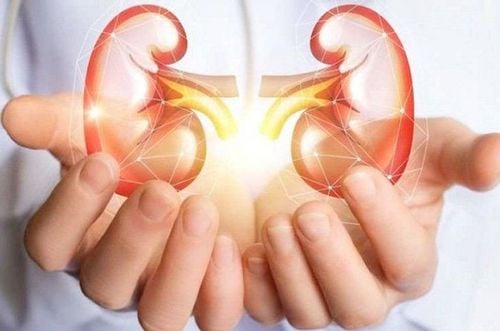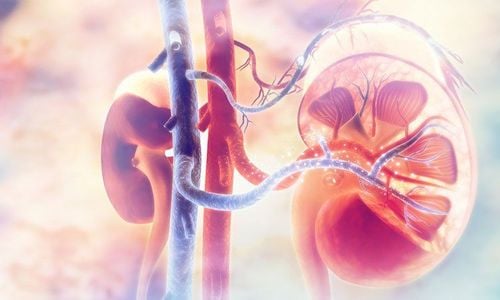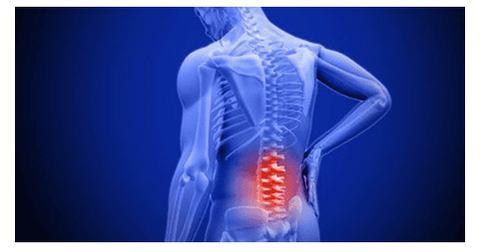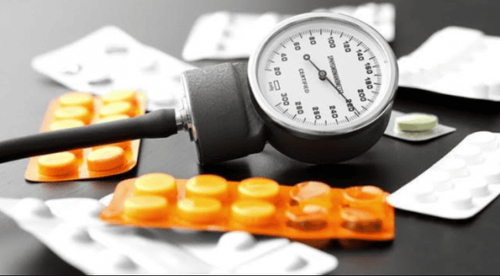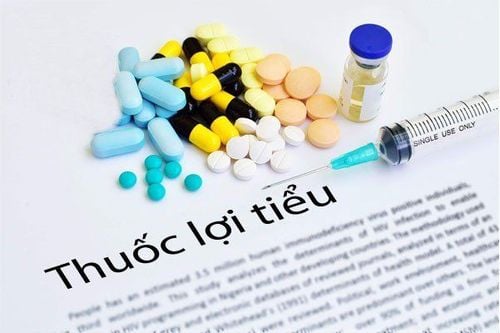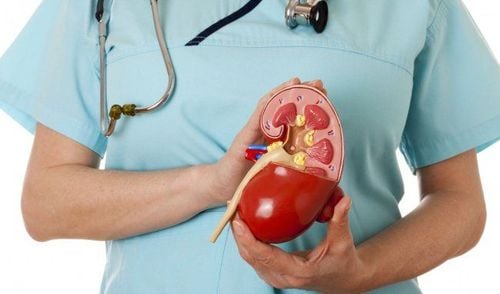This is an automatically translated article.
The article was professionally consulted by Master, Doctor Nguyen Thi Thanh Thuy - Endocrinologist - Dialysis - Kidney Transplant - Department of Medical Examination & Internal Medicine - Vinmec Central Park International General Hospital.Renal artery stenosis is a disease caused by narrowing of one or more arteries that carry blood to the kidneys (renal arteries). As a result, the kidneys are hypoperfused, which can increase blood pressure and damage the renal parenchyma.
1. Renal artery stenosis
Renal artery stenosis is a disease caused by narrowing of one or both renal arteries. The kidneys need an adequate amount of blood to help filter waste and excess water. When the arteries are narrowed, a lack of oxygen-rich blood is delivered to the kidneys. Reduced blood flow can increase blood pressure throughout the body (systemic blood pressure) and damage the kidney parenchyma.According to studies, about 90% of patients with renal artery stenosis are caused by atherosclerosis, which causes occlusion, stenosis and hardening of the renal arteries. The disease progresses when there is a sticky plaque made up of fat, cholesterol, calcium and other substances found in the blood, which then forms an internal narrowing of one or both renal arteries. . Due to the accumulation of plaque, the renal artery walls harden and narrow. Fibromuscular dysplasia that causes abnormal growth or growth of cells on the renal artery wall may also be responsible for renal vascular stenosis.
2. Symptoms of renal artery stenosis
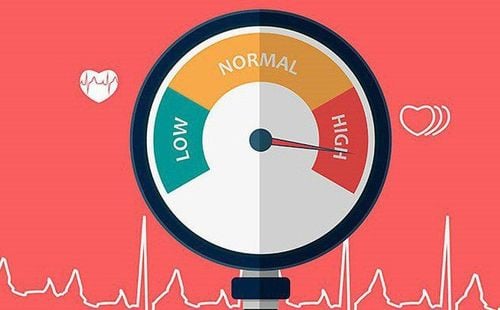
Tăng huyết áp là dấu hiệu thường gặp của hẹp động mạch thận
High blood pressure Decreased kidney function Renal artery stenosis is considered a cause of hypertension in subjects such as: Over 50 years old and with a history of increased blood pressure. blood pressure; not successfully treated with at least three or more blood pressure medications. Symptoms of impaired kidney function include: Increased or decreased urine output from normal levels; edema, which causes swelling in the legs, feet, or ankles, but less often in the hands or face; drowsiness or fatigue; itching or numbness; dry skin; or headache; weight loss; loss of appetite, nausea, vomiting; difficulty sleeping, difficulty concentrating; or cramps (cramps).
3. Factors that increase the risk of renal artery stenosis
Most cases of renal artery stenosis are caused by atherosclerosis. The risk factors for atherosclerosis of the kidneys are similar to those of atherosclerosis in any other part of the body, including:Aging, men over 45 and women over 55 Blood high blood pressure High blood cholesterol Diabetes Overweight, obese Smoking and using other types of tobacco. Smoking makes blood difficult to circulate, leading to an increased risk of renal artery stenosis Family history of early heart disease Lack of exercise Diet high in fat, cholesterol, salty and sweet foods .

Hút thuốc lá làm tăng nguy cơ hẹp động mạch thận
4. Screening for renal artery stenosis
There are two subjects that need to be screened for renal artery stenosis, that is, patients with progressive renal failure of unknown cause and patients with high blood pressure who do not respond to treatment. When any of the following signs are present, it is necessary to consider whether renal artery stenosis is present:High blood pressure but not controlled by conventional antihypertensive drugs; an abdominal murmur with hypertension (place a stethoscope next to the navel to hear a murmur due to blood passing through the narrowing); Moderate to severe high blood pressure in people with atherosclerosis (with a history of myocardial infarction or cerebrovascular accident); High blood pressure that is easy to control suddenly becomes very difficult to control; Renal function worsens soon after taking certain antihypertensive drugs (ACE inhibitors, angiotensin receptor blockers). Currently, the diagnosis of renal artery stenosis must be based on imaging results and functional tests. In terms of imaging, the patient will be subjected to magnetic resonance angiography (MRI), angiography (CT-Scan) and vascular doppler ultrasound. Functional testing includes testing for plasma renin activity (highly active in renal artery stenosis) and renogram.
Hope this article can provide enough information about the risk factors for renal artery stenosis. As soon as you see symptoms such as: persistent abnormality when urinating, high blood pressure that doesn't go away or kidney abnormalities when treating high blood pressure, obvious swelling, you need to see a doctor immediately. for timely diagnosis and treatment.
Master. Doctor. Nguyen Thi Thanh Thuy is a nephrologist with more than 15 years of experience in diagnosing and treating medical kidney disease, hemodialysis, peritoneal dialysis, pre-transplant screening and post-transplant monitoring. Currently, Dr. Thuy is working at the Department of General Internal Medicine - Vinmec Central Park International General Hospital.
Please dial HOTLINE for more information or register for an appointment HERE. Download MyVinmec app to make appointments faster and to manage your bookings easily.




